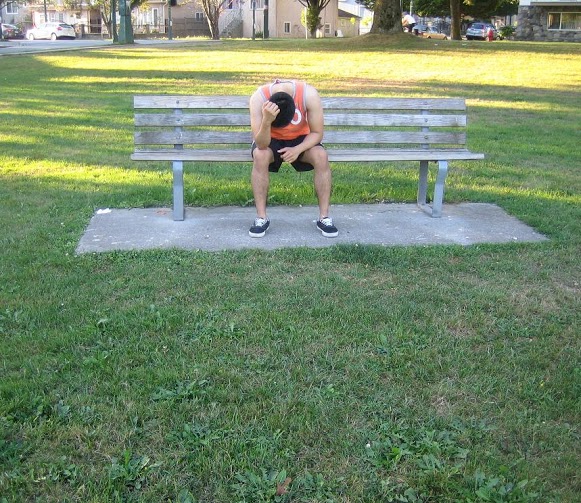The quadriceps is a large group of muscles positioned on the front part of the thigh. These muscles are utilized in jumping, climbing and standing from a seated position. The tone of the quadriceps plays a vital role in strengthening the knee joint. Once these muscles start to atrophy or reduce in size, issues in the knee joint might develop.
What is muscle atrophy?
Muscle atrophy simply means wasting or loss of muscle mass. Diminished muscle strength also occurs along with the reduced muscle size. It is important to note that muscle atrophy results to reduced muscle tone. Being able to maintain adequate tone on the quadriceps is vital in reinforcing the knee joints.
What are the possible causes?

The atrophy of the quadriceps muscles can develop due to various reasons. One common reason is the lack of activity or exercise. Individuals who have sedentary lifestyles, uses a leg brace or cast that limits movement in the knee joint or bedridden face the highest risk for atrophy of the quadriceps.
Those who have health conditions such as arthritis and stroke as well as individuals who have limited mobility might also end up with muscle wasting or atrophy. Injury or diseases that affect the femoral nerve can also lead to a severe type of atrophy. In addition, sarcopenia is the loss of muscle mass linked with aging. This is also another common cause of atrophy of the quadriceps.
Consequences
The potential consequences of muscle atrophy in the quadriceps are far beyond than a decrease in muscular strength. The diminished muscle tone and strength can increase the risk for developing arthritis or intensifying the severity of an existing arthritis in the knee.
If the quadriceps is strong, they are capable of supporting the knee while absorbing some of the impact the joint has to endure. Weakened quadriceps is most often indicated as an issue of concern when dealing with patellofemoral pain syndrome. In case the quadriceps is toned, it keeps the knee cap tracking in the right position and minimizes the wearing out of the patellar cartilage. Lastly, the worst outcome of atrophy is full disability of the leg.
Prevention
It is recommended to start a program that strengthens the quadriceps to prevent muscle atrophy. For those who have a sedentary occupation, it is vital to get up and move around several times a day.
When it comes to cases due to injury, a certain level of atrophy is expected. In such cases, rehabilitation is vital by starting with mild stretching and strengthening exercises. The ideal way to prevent muscle atrophy is to establish and maintain strong quadriceps. This is achieved by sticking with a regular aerobic and strength-training routine.

